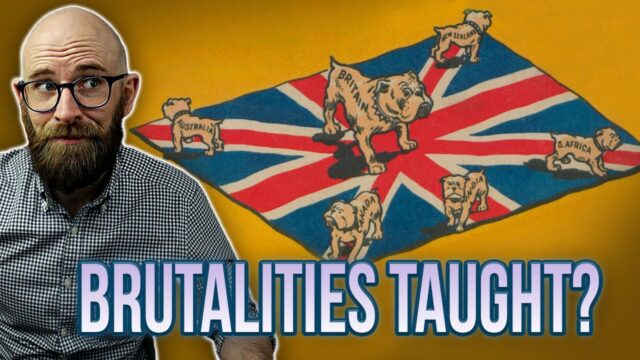“Unveiling the Forgotten Lessons: How British Schools Shape the Narrative of Empire”
When not causing death by bullets, the British Empire also had another common human weapon of mass destruction at their disposal: incompetence – often compounded by callousness. Through a combination of poor administration, carelessness, disdain towards populations perceived as inferior, or plain idiocy, British colonial authorities annihilated hundreds of thousands, if not millions of lives through their actions, even if that wasnât really the original intent of said actions.
The most blatant example is the partition of the Indian subcontinent into Pakistan and India. An operation so mishandled that it caused the mass migration of 10 million people, and the death of 1 million as a consequence of sectarian violence. Other examples include the introduction of smallpox to Australia, and the mismanagement of crop failures in India and Ireland, which led to terrifying famines of catastrophic proportions.
This carousel of colonial horrors would not be complete without a mention of the Transatlantic slave trade. Sure, other European powers took part in this practice. And undoubtedly African kingdoms took an active role by happily selling captured prisoners of war into slavery. But the role played by England first, and Britain later, is pivotal. The first English ship transporting slaves from Africa to America set sail in 1562, captained by John Hawkins. Hawkins sold his human cargo to Spanish colonists in America, raking in an enormous profit. Over the 17th Century, demand for unpaid labour skyrocketed also in the English possessions in the New World, propelled by the expanding demand for sugar cane crops.










